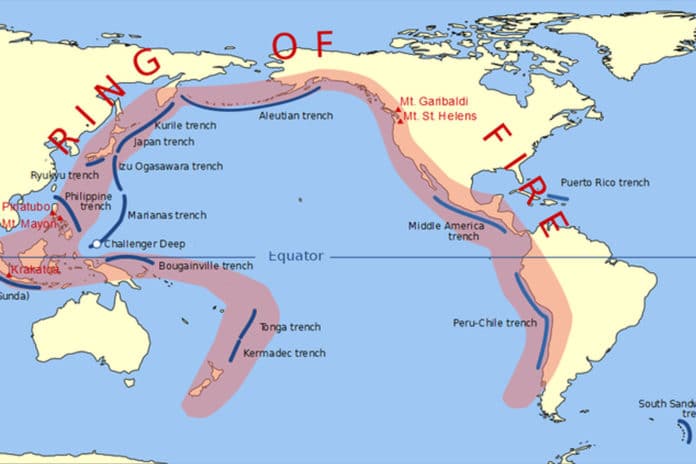Subduction zones have recurrently formed on Earth. These zones are central to the dynamics of the planet and the main driver of plate tectonics. They are also the places where earthquakes of great magnitude occur.
Geologists have well known that in these zones, moments of great energy release can stagnate and reverse themselves on a time scale of thousands of years, giving rise to new subduction zones. For these reasons, it is imperative to understand how new subduction zones start and how this process occurs.
For the first time, geologists have simulated one of the most common processes of forming new subduction zones in 3D. In their models, scientists made sure to include all forces, including Earth’s gravity.
João Duarte, a researcher at Instituto Dom Luiz and co-author of this study, said, “It had already been theoretically proposed that new subduction zones were more likely to form from pre-existing ones, but models of this kind had never been carried out. In a way, it seems to be easier and more likely than anticipated.”
The results show that this process is more likely for old subducting plates and narrow plateaus. It was also demonstrated that the new subduction zones could form from previous ones self-replicating, without requiring any other external tectonic forcing.
João Duarte said, “This model opens up a new range of perspectives and represents the starting point for studying specific regions of our planet: We are now applying these models to specific cases, such as the subduction zones that are starting in the Atlantic Ocean, in the Caribbean, the Scotia Arc, next to Antarctica, and on the Southwest Portuguese margin, and which could lead to the closing of the Atlantic Ocean. The 1755 Lisbon earthquake may have been the harbinger of the beginning of subduction on our margin, and there are marine geology data that support it.”
Journal Reference:
- Almeida, J., Riel, N., Rosas, F.M. et al. Self-replicating subduction zone initiation by polarity reversal. Commun Earth Environ 3, 55 (2022). DOI: 10.1038/s43247-022-00380-2
